Apple on Monday announced iOS 14 and iPadOS 14, the latest versions of its mobile operating systems for iPhones and iPads, respectively. As has become tradition, the company detailed the new software at WWDC, its annual developer conference.
At the forefront of iOS 14 is a redesign for the home screen on iPhones. A new feature called "App Library" sits at the bottom of home screen pages and automatically organizes various apps into groups. The idea is to cut down on the amount of pages you need to scroll through to get to a specific app—instead, all the apps are available from one screen, not unlike an Android phone's app drawer. Apple says the App Library will know to curate your apps into specific categories, such as "Apple Arcade" for games from that service or "Social" for social media apps. There's a search field located at the top of the App Library, with all your apps organized alphabetically in a list view underneath it.
The update also brings the ability to resize widgets and drag them from their usual place in the iPhone's "Today" view over to the home screen, much like how you would with a dedicated app. You can also pull up a list of widgets to quickly customize and add them to your home screen at your discretion. A "Smart Stack" feature, meanwhile, can create a stack of widgets that will automatically display info relevant to the current time of day; you might see an Apple News widget in the morning, for instance, or a summary of your daily activity in the evening.
iOS 14 also brings system-wide picture-in-picture support for iOS videos. If you start up a video in a particular app, then close that app to return to the home screen, that video will keep playing in a smaller adjustable window, which you're free to dismiss with a swipe off the screen.
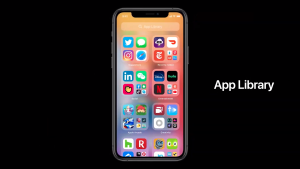
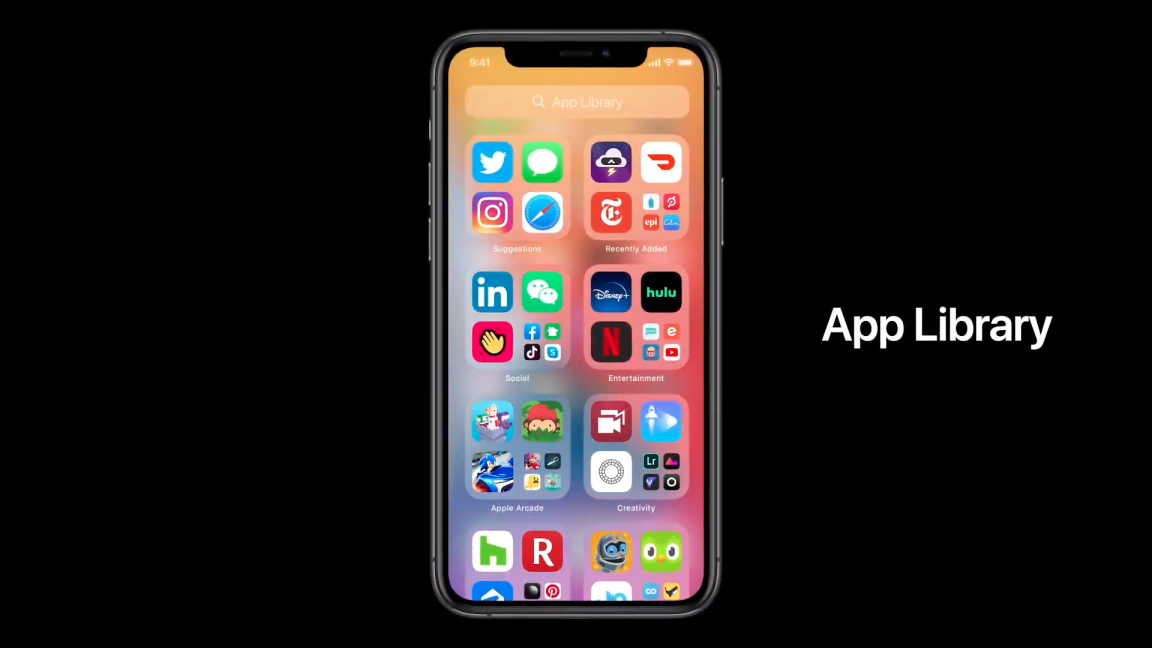
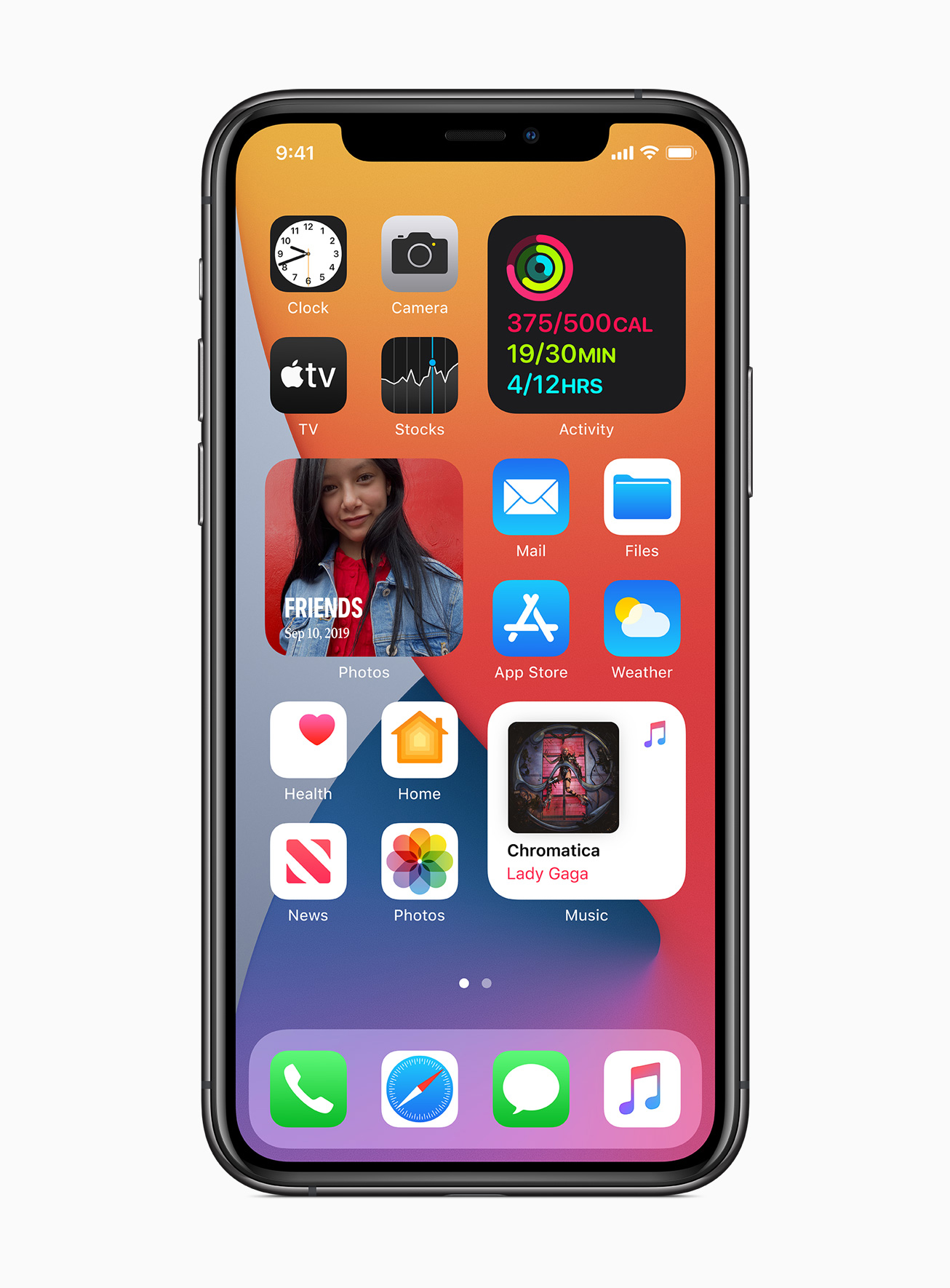

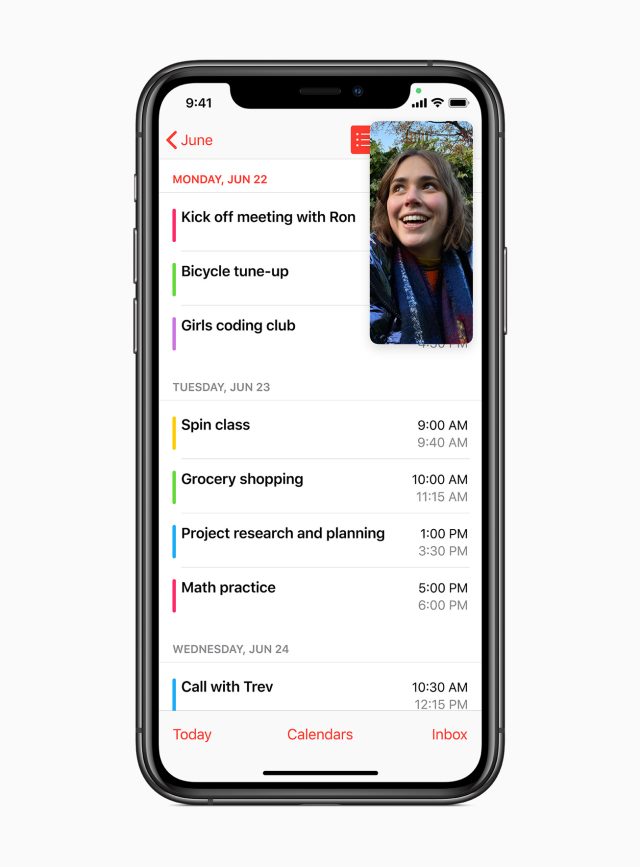
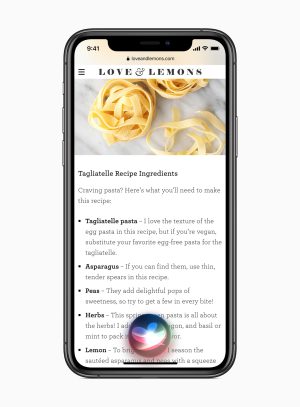
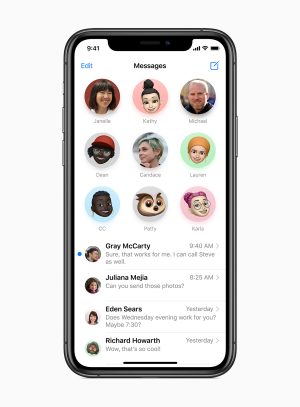
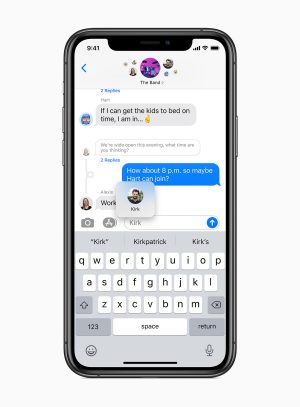
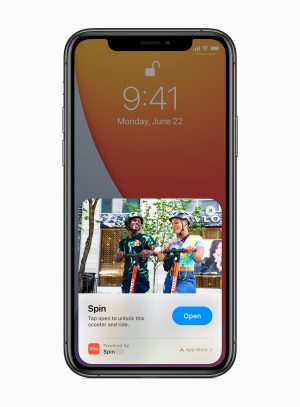
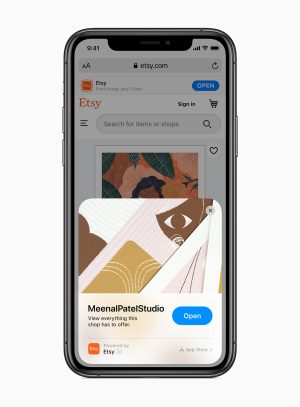
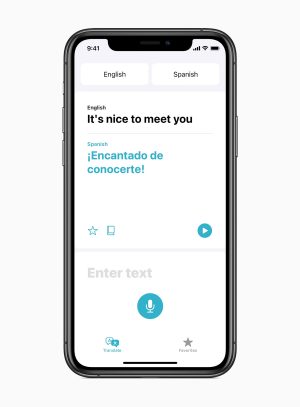
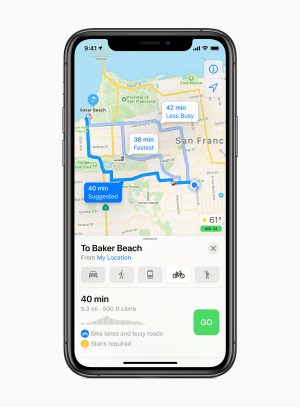
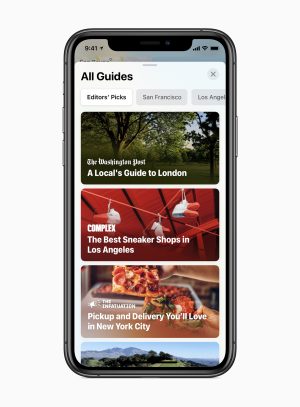
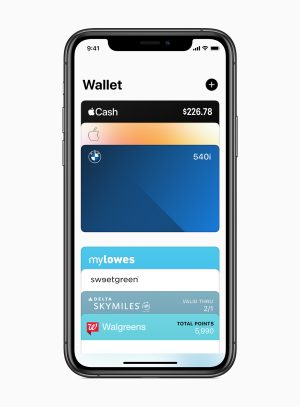
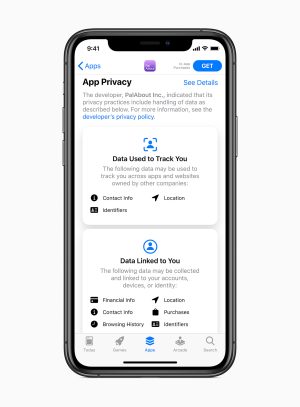
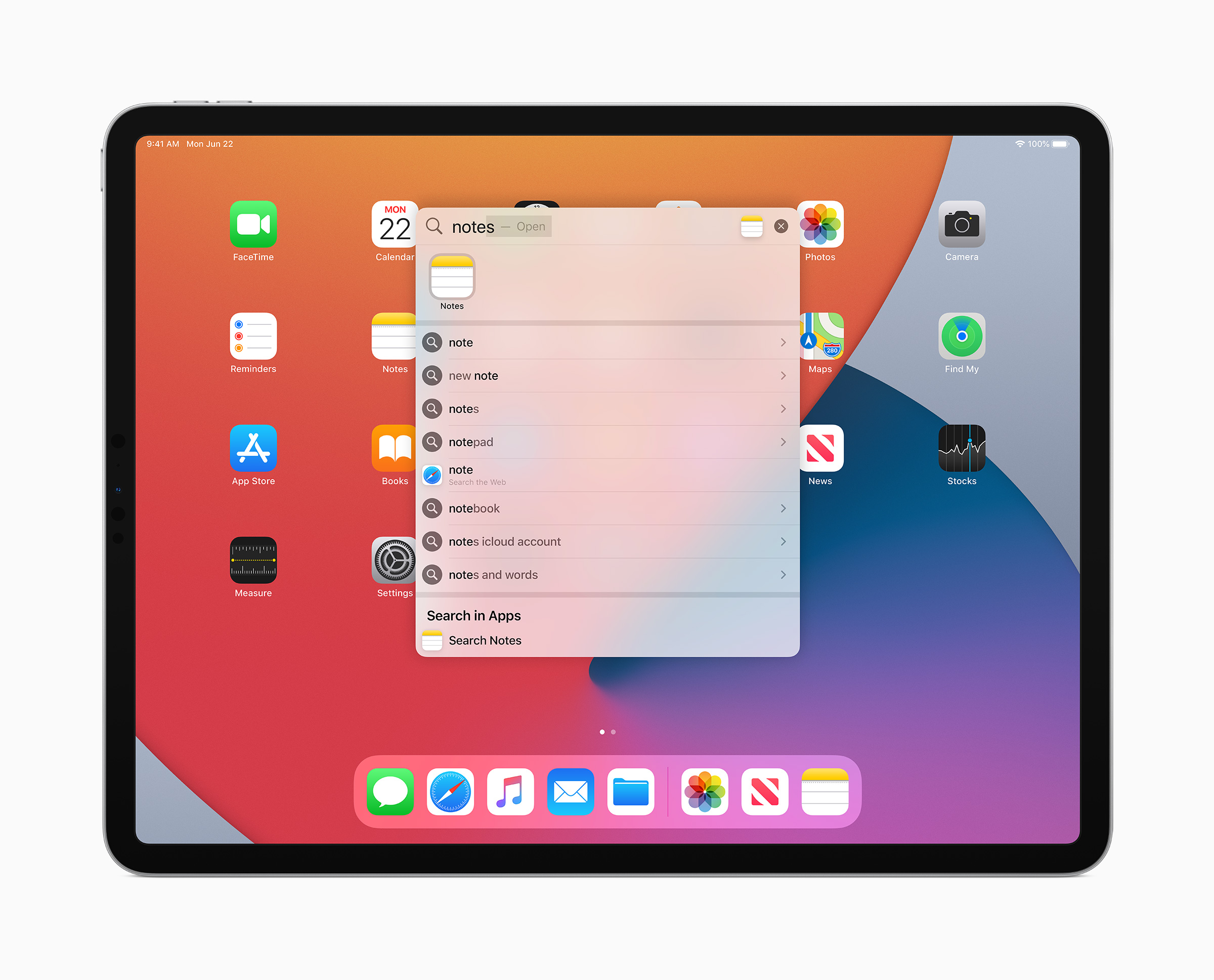
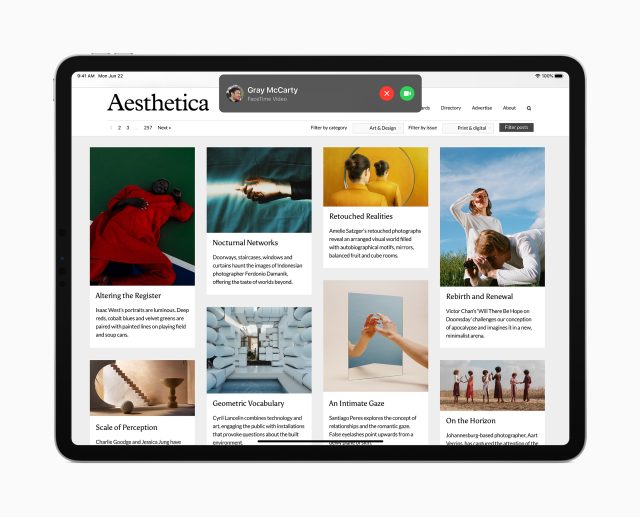
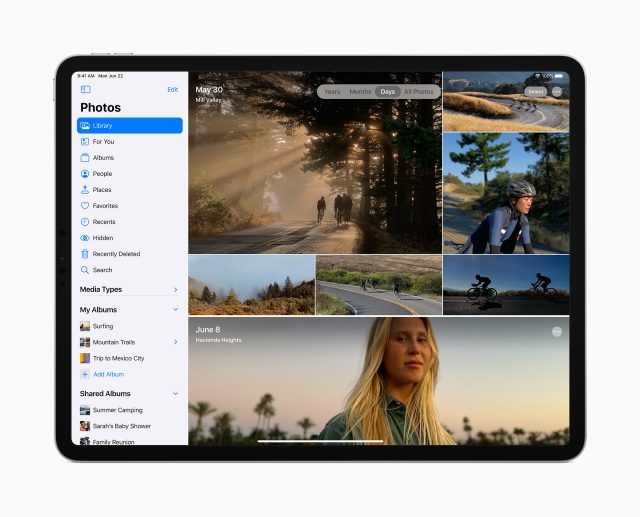
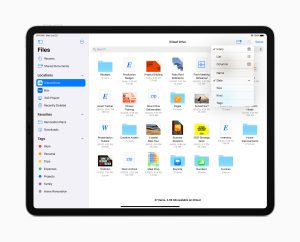
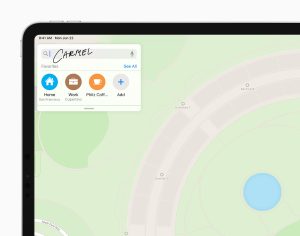

 Loading comments...
Loading comments...
